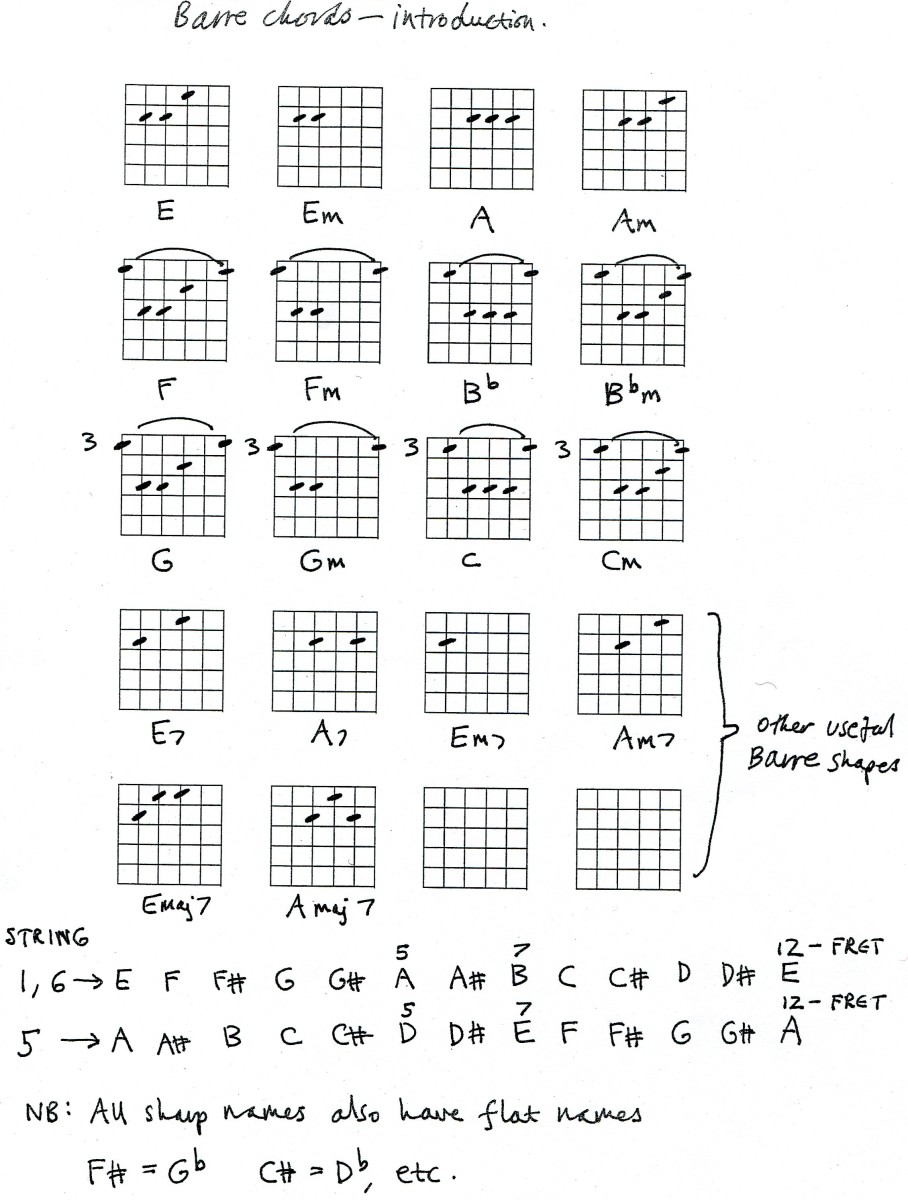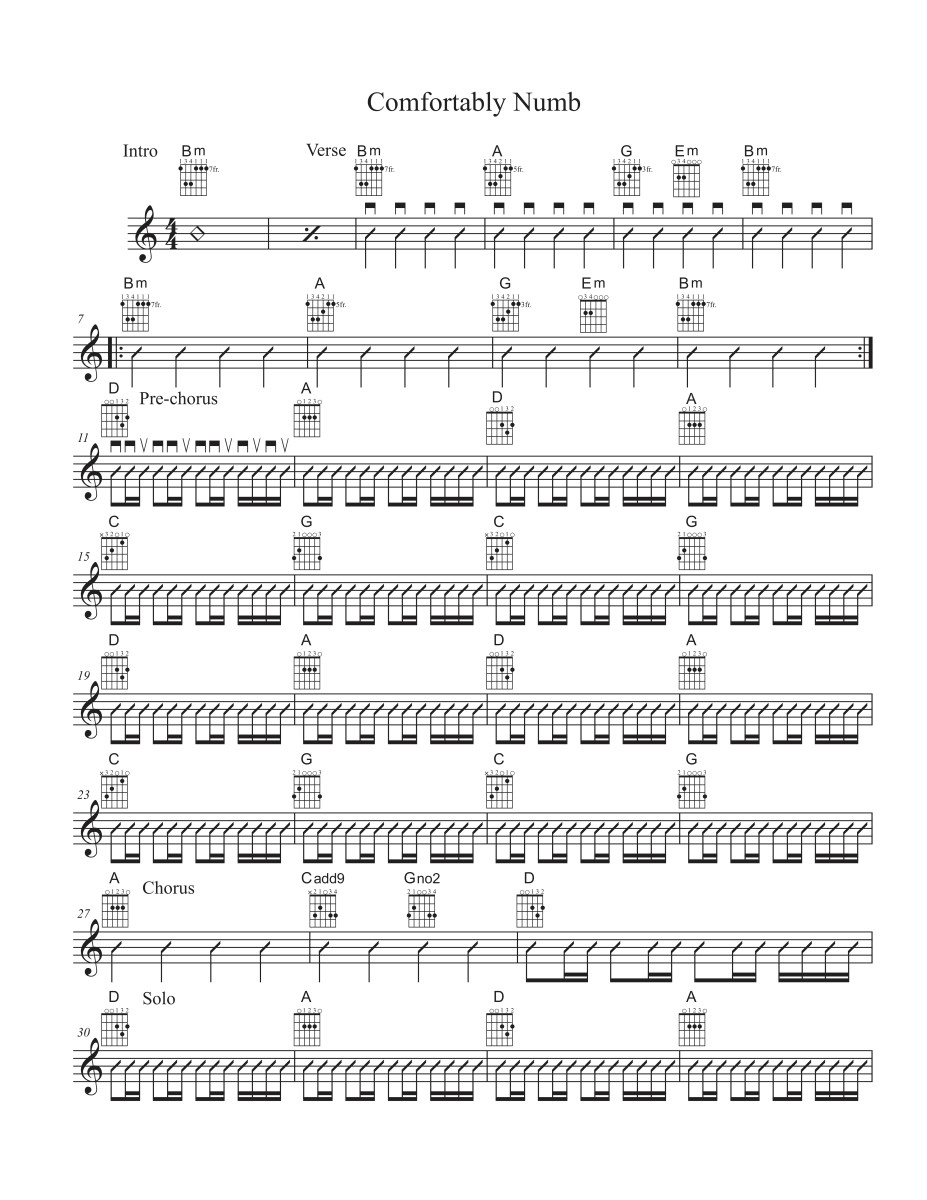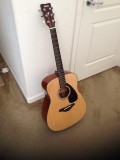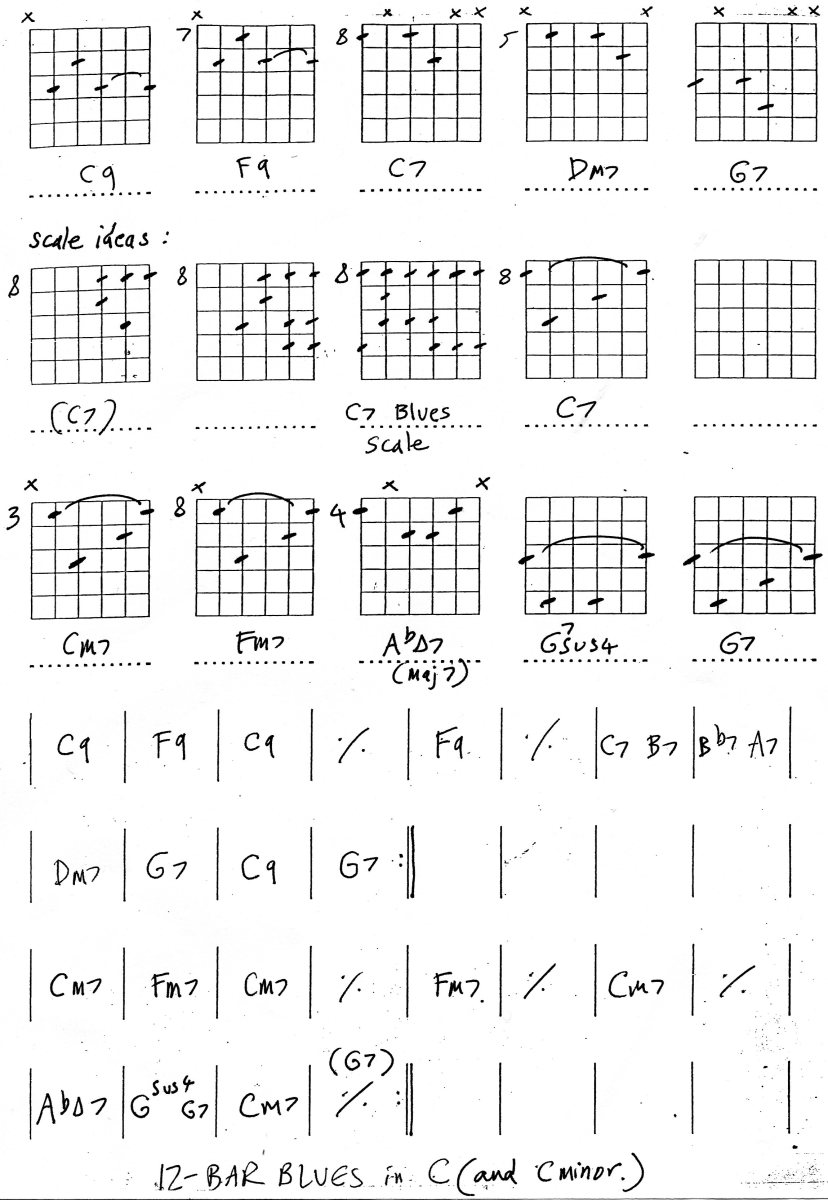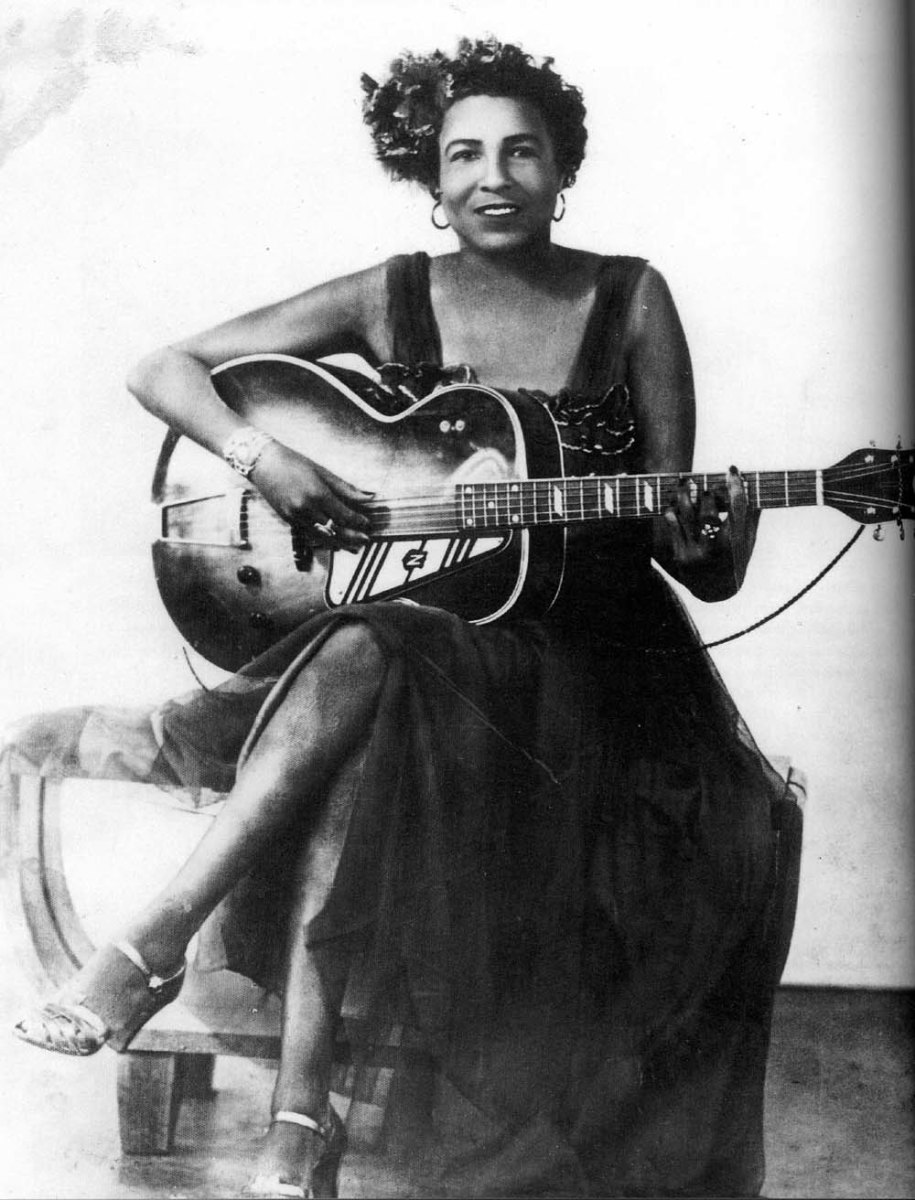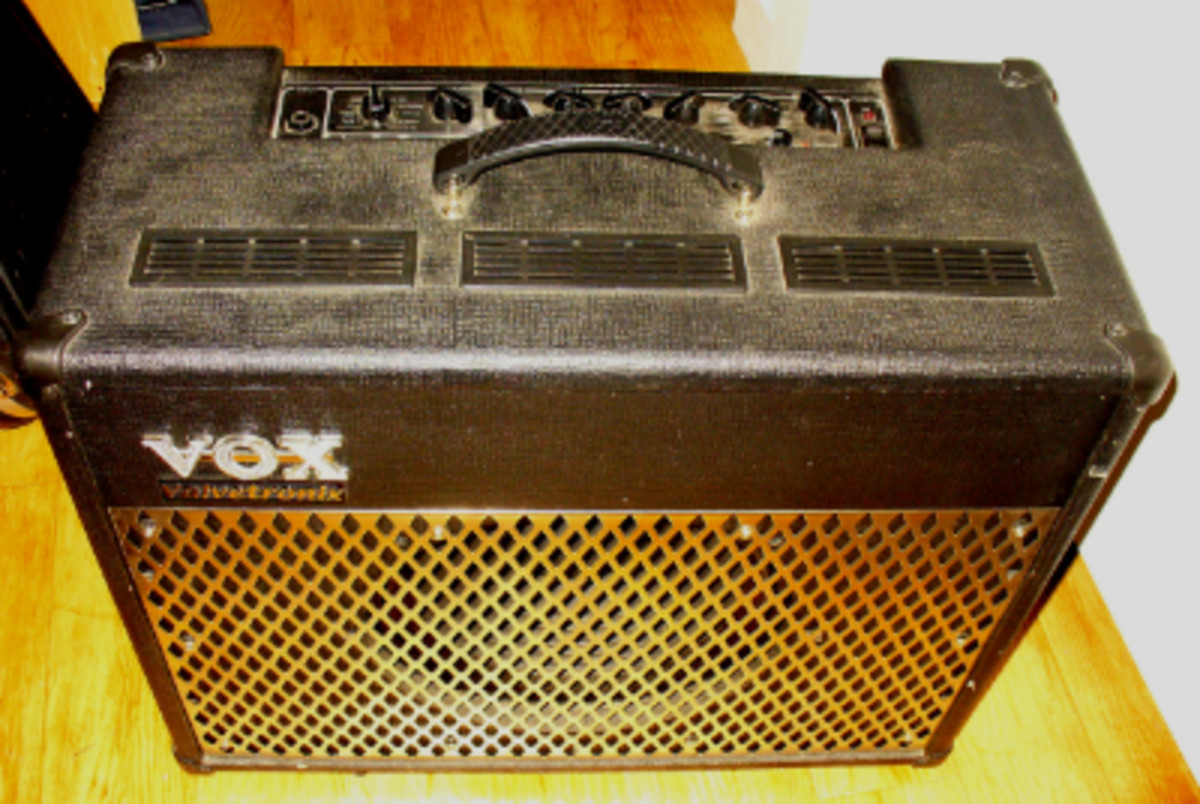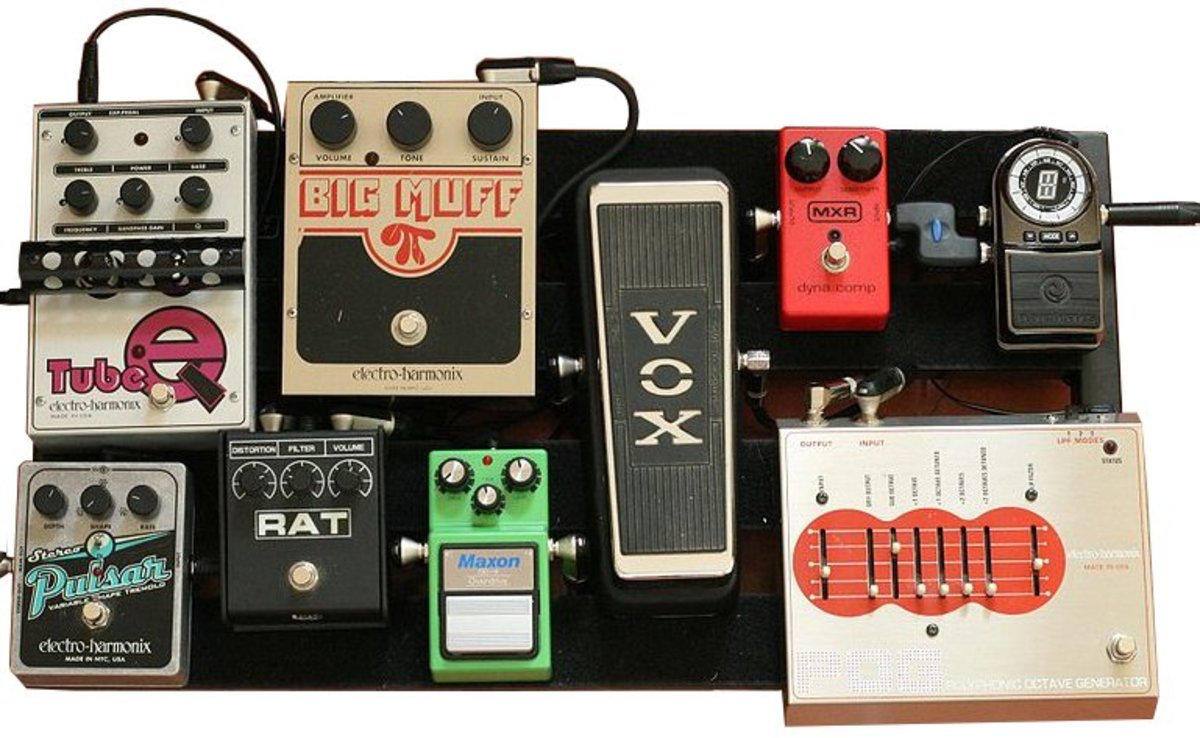Guitar Lesson, Barre Chords Guide
What are Barre Chords?
Barre chords are formed by flattening your first finger across the fretboard, as if it was a capo. You can then build chord shapes on top to move first position chord shapes up the neck.
General info
The chords in C on the diagram are barre chord based, but there is nothing against playing the basic first position shapes, covered in Guitar Chords 101 hub. It's just easier to see the relationship between chords, and to transpose them into other keys, if you learn the ascending pattern too. In other words, even if you're a beginner, you can apply this stuff by using the easy first position chords you are already familiar with. Just use C, Dm, Em, F, G7, Am.
Many of my other hubs take the form of a guitar lesson, based on teaching music for years in college.
Understanding keys and the fretboard
The chart contains a lot of information, that will really help you understand playing guitar and aspects of music theory. We're using barre chords - see my Guitar Barre chords hub for more info- but even if you can't play them fluently, you'll understand chords much better. It's not for complete beginners - try my hub Guitar chords 101 for this.
The chart shows the chords in the key of C, which follow the root notes of a C major scale:
C D E F G A B C. Each chord has its own Roman numeral too so you can place them in order. This is also useful for describing chord progressions such as the
ii V I.
In this key, it would be Dm7 G7 Cmaj7. The value of using a numbers system is that you can play the same stuff in all the different keys.
After the scale form for C major improvising is given (last box) I've put in a sample chord progression around a cycle of fifths theme. The Cycle of Fifths is dealt with in another of my hubs.
Ideally, try this on an electric guitar neck - if not, play chords like Bm7b5 an octave down. I'm filling in that risk assessment form right now. This exercise is among the most useful things to look at if you want to understand music theory and the guitar.
Harmonised scale in C
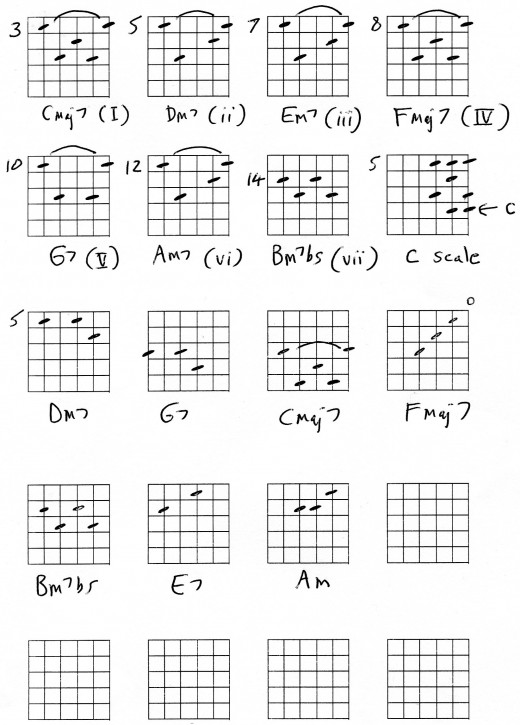
Chord grids
The six vertical lines are the strings, lowest sounding E is on the left of the diagram.
Frets are the horizontal lines.
Generally, just play the strings that have the dots!
Last three chords
The final three chords form a minor ii V I progression, and you might notice a non-diatonic chord is used, the E7. This will clash a bit with the C major scale, for a good reason: the chord contains a G sharp note. Try using A harmonic minor scale over this chord.(A B C D E F G sharp A)
This chord progression is very common in jazz standards, Brazilian tunes etc. Play all strings for E7, just the top 5 for Am, just the middle four for Bm7b5.
Alternative chord grips
You could try using the three-note voicings for the minor 7th chords, and also the G7. Much easier, and a better sound too in general. Just play the ones you have got a finger on. If you lean your first finger slightly it should mute the middle string, and then you can strum the chord easily.
Adopting these three-string chords will really make a difference, especially in a group situation.
The great jazz guitarist Freddie Green used three-note voicings, and this meant his playing in the Count Basie band was full of clarity and drive.
Other keys
Now you have mastered the key of C, just move everything up 2 frets for the key of D, another 2 for E, etc.
On guitar everything can be reduced to patterns, and the same pattern of scales and chords can be moved up the neck for different keys. Compare this to the piano keyboard, where everything looks different in each key.
I classify these as root 5 chords - the root note is on string 5. It's a good idea to learn root 4 chords too, which I"ll cover in another hub.
6th and 5th String Root Shapes
Always have an alternative chord grip ready, so as to minimize movement or improve tone on your chord progressions. For instance, for C maj7 you would have a 5th string root shape as shown above, but also a 6th string E based shape with the root on string 6, fret 8 (it's a C note) You could add a third shape, the basic C shape in frets 1-3.

